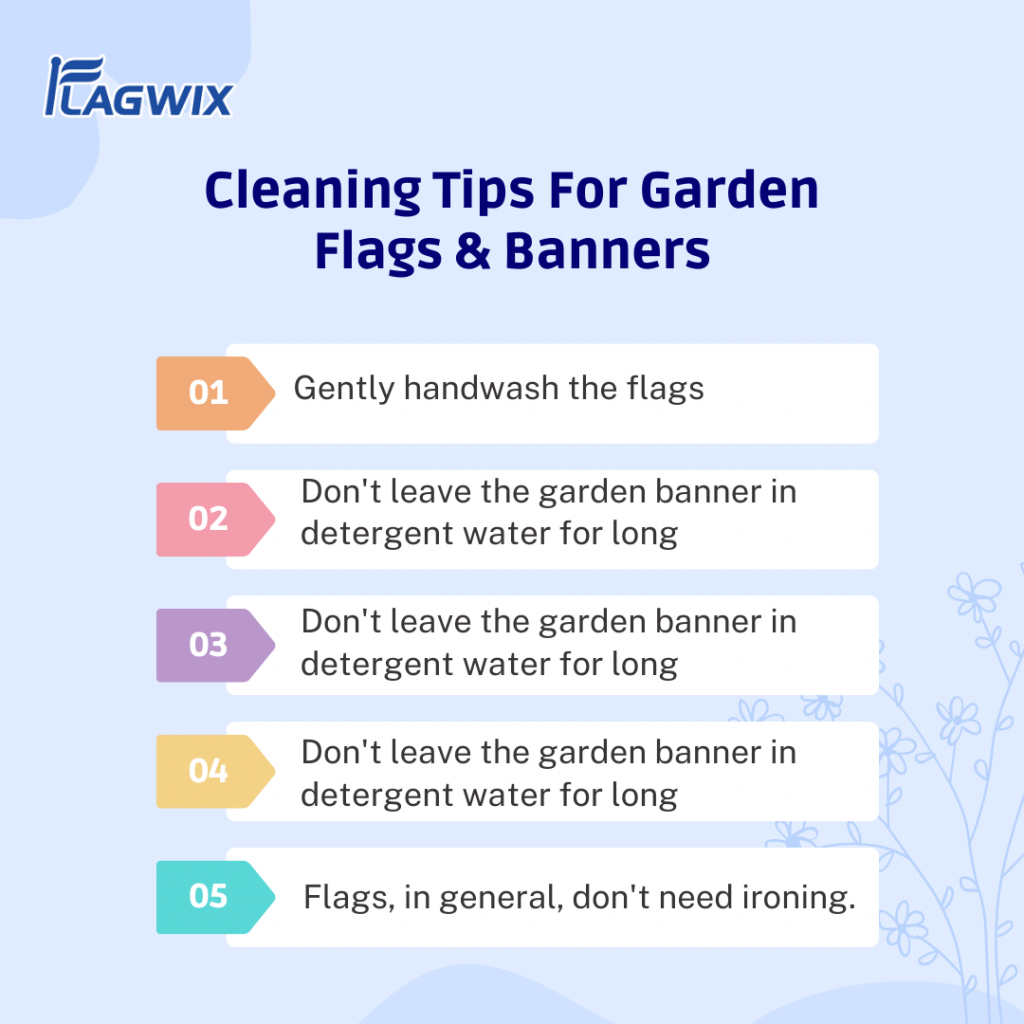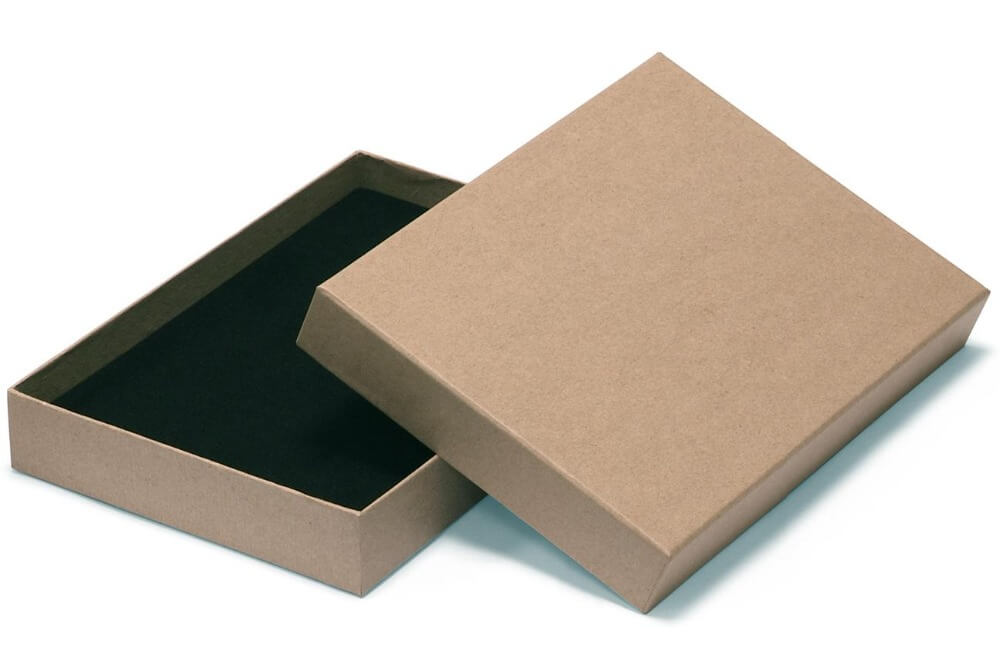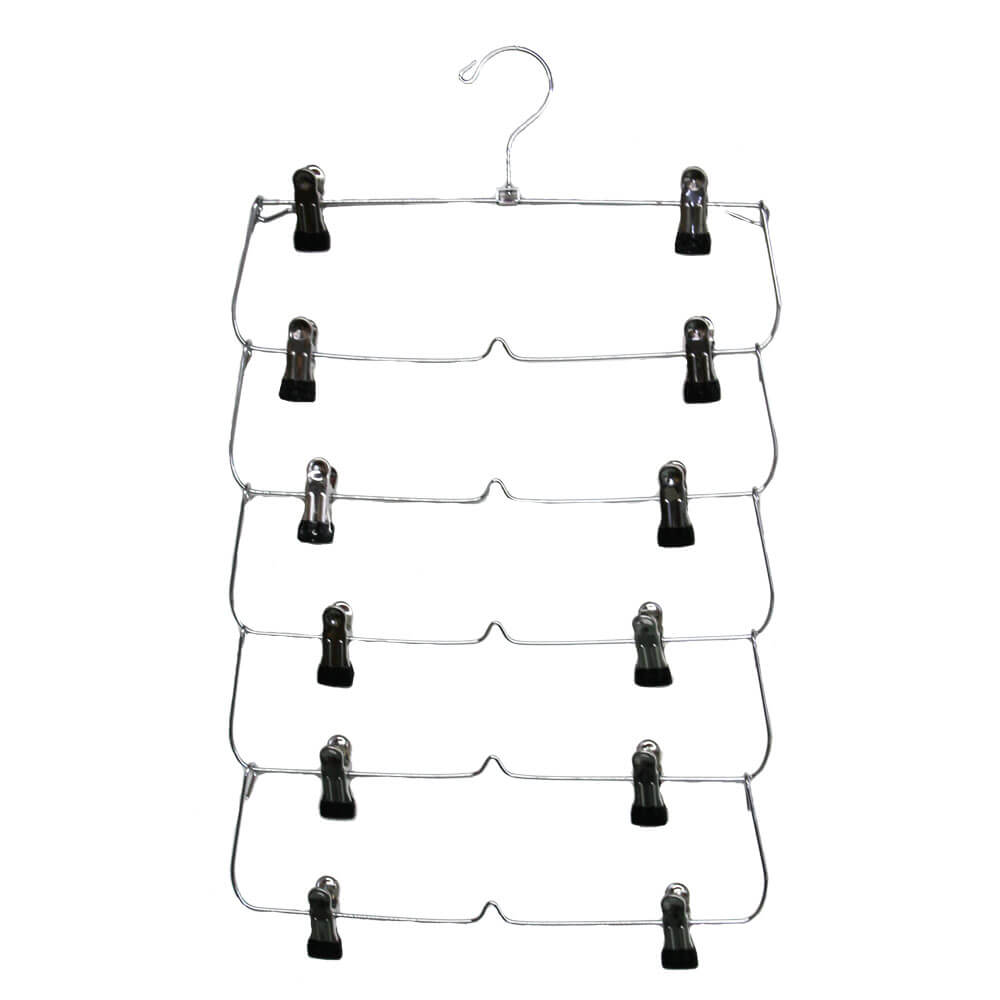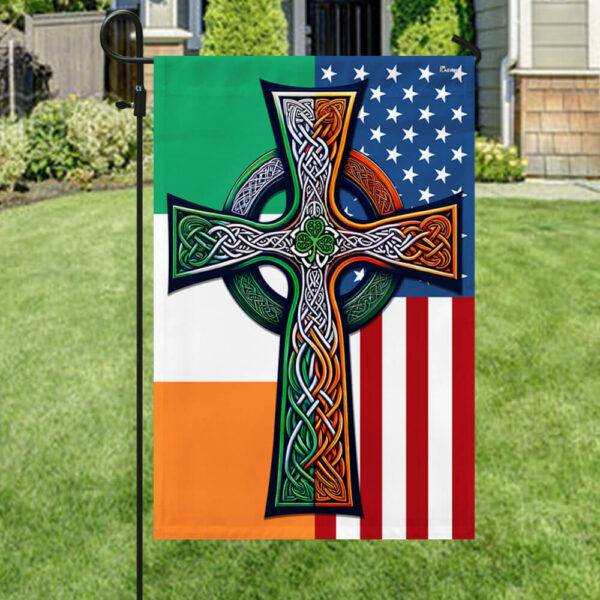Today we will show you how to store garden flags properly to keep them attractive and functional for many years to come.
Each family will likely have a collection of garden flags that they may switch out according to the season, the event, and, most importantly, the message they send. (Well, we change our minds all the time)
But, what do you do with the outdoor flags you don’t use anymore? How do you store them?
Read this post.
Proper Cleaning Tips For House's Garden Banners

If your outdoor printed flag is visibly dirty or soiled, depending on the flag’s condition, you may want to consider cleaning the flag before storing it. Clearing outdoor banners to remove dirt will prevent such contaminants from getting set into the fabric. The following appropriate methods will help you know how to keep garden flags fresh, and bright colors, and increase the life of your flags.
Tip #1: Gently handwash the flags
Do not machine wash as machine washing can cause wearing of fabric and fading of colors. You’ll want to choose a gentle cleansing method that won’t leave behind any residue that could cause yellowing or other discoloration. We recommend using an extra gentle cleanser, such as Orvus WA Paste, specifically to clean delicate textiles of historical value.
Tip #2: Don’t leave the garden banner in detergent water for long
This may cause bleeding or running of colors.
Tip #3: Stop putting your garden banners in the dryer
After washing, rinse out all the detergent in cold water and spread out entirely to air dry.
Tip #4: Do not bleach or dry clean them
This can cause permanent damage to fibers or colors.
Tip #5: Flags, in general, don’t need ironing.
If you wish to iron, do not use hot iron directly on your flag. Use a warm iron at a shallow heat setting on the back of the flag.
| You May Like: Easter Garden Flag Selection in 2025
Explore seasonal flags at Flagwix.com
How To Roll Decorative Outdoor Flags
Here is the 11-step process of rolling the outdoor flag or house flag before putting it into the bag to avoid the damaging creases often seen on folded flags:
- Wash and dry your hands thoroughly before handling the garden flags
- Lay the flag out on a clean, suitably sized surface
- Using a sheet of tissue paper, create a header on the tube by wrapping it about 1 1/2 times around the tube. You’ll want the tissue’s width to be wider than the flag but not more expansive than the tube itself.
- Center the fly end of the flag (the part that flies in the air) on the tissue paper extending from the tube.
- Place another sheet of tissue on top of the flag to interleave the flag. You want to prevent the fabric from coming into contact with itself while you’re rolling.
- Gently roll the garden flag with very light tension, smoothing out any creases or folds as you proceed.
- When you reach the hoist end (the end attaches to the flag pole), use another sheet of tissue paper to wrap around the tube so that none of the fabric is showing. It also provides some padding.
- Use cotton tying tape to secure the flag to prevent it from unrolling. Tie at both ends above and below where the banner ends.
- You’ll also want to add a tie every 18-24″. These ties should not be tight. Once tied, you should still be able to easily slip a finger or two between the roll and the connection.
- Place the rolled flag inside of a roll storage box.
- Label the outside of the box for easy identification
Popular Ways to Organize And Store Outdoor Banners
Organizing adorning flags for outside is essential, especially in cold climates where they need removing. Garden flags need to be protected when not in use. Three ideas for organizing banners in the blog are helpful for you.

Boxes
Like the many used to pack a holiday gift, typical shirt boxes make perfect storage containers for you to keep garden flags. These boxes can sit flatly and can be stacked one upon the other. Plain boxes can be identified with a permanent marker noting their contents.

Hangers
Using hangers is an inexpensive way to organize garden decorative flags. It is a great idea, especially if reusing flags constantly, is to place your flags on a clothes-hanger-like device with multiple crossbars to hold several. The hanging clips are rubberized so your flags don’t get damaged. If you use garden flags rotating use, a hanger device for storing your flags is an excellent choice providing ready access not available when boxing them away.
Buy some inexpensive hangers for multiple pairs of pants (with rods that swing in and out for each team). Fold each garden flag several times till it’s the width of the hanger arm, and hang it neatly over a rod. Continue to fill all the components with flags. You can even fold two or three garden flags (same season, same theme) and hang them over a single rod. It’s the perfect low-cost solution!

Bags
When storing a garden flag or any large textile, the safest method is to avoid folding it and creating creases in the fabric that add stress and damage those fibers. Storing the flag rolled on an archival-quality storage tube condenses the item’s size for more convenient storage without folding or creasing it.
Nylon bags are also an excellent choice for your outdoor flag storage. It is especially true if the flags are attached to poles. These nylon bags are long-lasting and come in a range of colors and sizes. Larger-sized bags could accommodate all your poled decorative flags by simply rolling the flag around the pole and placing it inside the bag with the bare part of the metal pole facing downward.

Notes: It’s best to store any item you want to preserve in a dry and cool place and where the temperature and humidity don’t fluctuate much. You need to avoid areas such as unfinished basements, attics, or garages. It’s ideal for storing the box flat on the ground, not upright, to minimize stress on the fabric.
Supplies For Storing Outdoor Flags
To preserve your flags, you’ll want to make sure anything that comes into contact with the flags is archival-quality. It means the materials are acid- and lignin-free, as well as pH neutral. We also recommend using unbuffered tissue for wrapping and interleaving your flags, as the fabric, thread, or dyes may contain animal protein.
You’ll need the following materials to preserve your flag safely:
- An archival broadest tube that is 6″ longer than the broadest vertical edge of the flag; a 3″ diameter tube will accommodate most flags
- Acid- and lignin-free unbuffered tissue paper – large 30 x 40″ sheets will work best
- Unbleached cotton tying tape that is 1/2 ” “W by at least 3 feet
- Cotton gloves
- Roll storage box long enough to accommodate the storage tube
- Label for outside of the box
Related Questions
How Do You Get Mold Off Of A Banner?
White Vinegar Solution
Follow these steps to remove mold and mildew from your outdoor fabric: Fill a spray bottle with equal parts water and white vinegar. It’s very important to use white vinegar, not apple cider vinegar. Spray the affected areas thoroughly and scrub gently with a soft bristled brush.
How Do You Hang A Outdoor Flag With Grommets?
Just make a loop in the cable or rope and push it through the eyelets. Connect the snap hooks to the grommets correspondingly and pull the rope. Otherwise, to put a flag on a stick, pass a cable through every grommet and pull it tight to the pole to secure the flag.
Are Garden Flags Tacky?
Garden statues can range from creepy, tacky and all out ugly. Everyone’s taste in art and sculpture is different, so don’t torture your neighbors with your bad taste. Your front yard should be generally appealing to most people. So, your creepy angles or dog statues may not make the cut.
View More: How To Keep Garden Flags From Blowing Away
Explore garden flags from Flagwix


